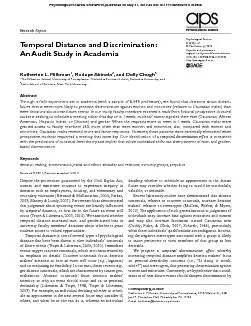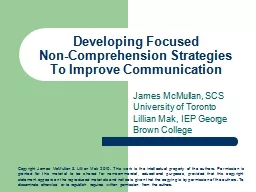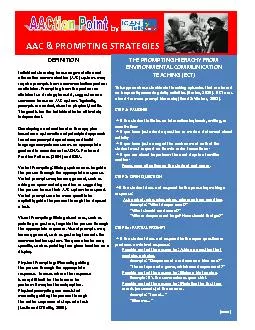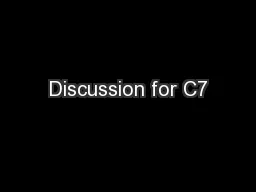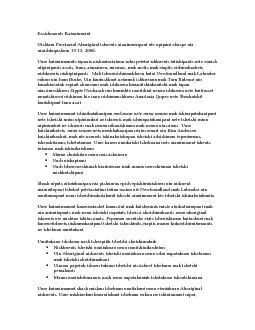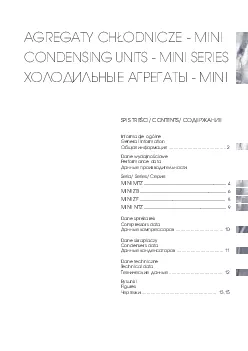PDF-Milkman et al. prompting concrete construals and focusing decision mak
Author : lois-ondreau | Published Date : 2015-09-05
2 Temporal Distance and Discrimination ranking of the faculty member and studentfaculty racial analyses see Analysis in the Supplemental Materialmuch weaker in the
Presentation Embed Code
Download Presentation
Download Presentation The PPT/PDF document "Milkman et al. prompting concrete constr..." is the property of its rightful owner. Permission is granted to download and print the materials on this website for personal, non-commercial use only, and to display it on your personal computer provided you do not modify the materials and that you retain all copyright notices contained in the materials. By downloading content from our website, you accept the terms of this agreement.
Milkman et al. prompting concrete construals and focusing decision mak: Transcript
Download Rules Of Document
"Milkman et al. prompting concrete construals and focusing decision mak"The content belongs to its owner. You may download and print it for personal use, without modification, and keep all copyright notices. By downloading, you agree to these terms.
Related Documents

